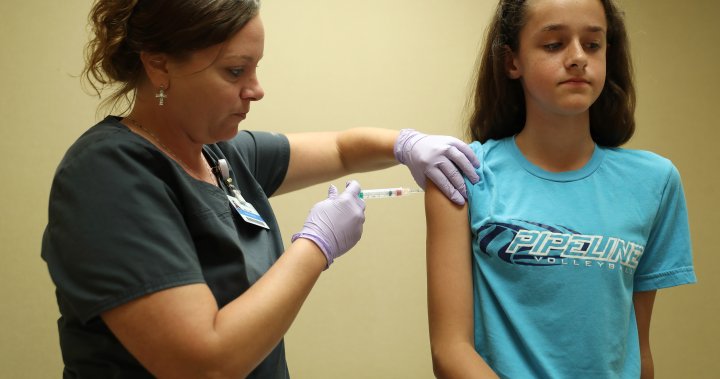
Cervical cancer is a type of cancer that affects the cells in the cervix, which connects to the uterus and vagina. It is caused by abnormal growth cells in women's cervix or entrance to their uterus from their vagina. The human papillomavirus (HPV) causes 99% of cases of cervical cancer and it is a common sexually transmitted infection that affects the throat, genitals, and skin. Persistent HPV infection can lead to abnormal cells which turn into cancer in women with weak immune systems in only 5-10 years. Young mothers, hormonal contraceptive users, smokers and those other sexually transmitted infections are at a high risk of developing cervical cancer. Symptoms include unusual bleeding between periods or after sexual intercourse, increased vaginal discharge with foul smell, persistent pain in back legs or pelvis, weight loss fatigue and loss of appetite, vaginal discomfort and swelling in the legs.



